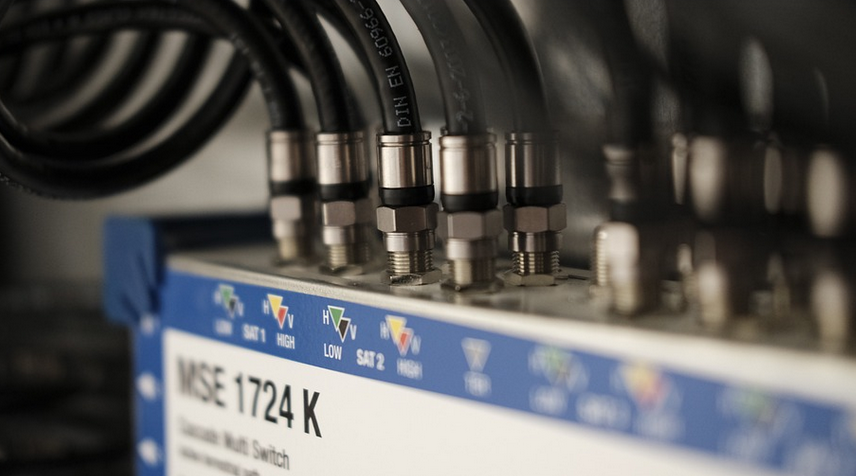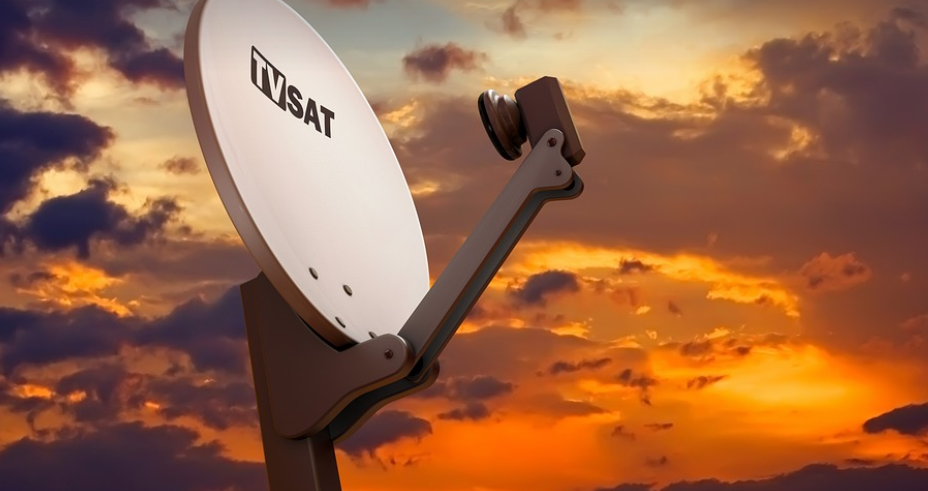A common annoyance: when your car’s transmission feels rough as you go from idling to moving, or driving around town, what could be the cause?
Getting into a smooth gear shift is often taken for granted until it doesn’t happen. Your car’s transmission is a complex system that relies on precise coordination and fluid. But like any machine, it’s susceptible to wear and tear, heat stress, or even just bad habits, especially when temperatures rise.
When your car’s transmission shifts hard when warm, you might experience the dreaded “jerky” feeling as you accelerate, brake, or shift gears. This can be frustrating, especially during long commutes or driving in stop-and-go traffic. It’s a sign that something needs to be looked at.
Before getting worried about your transmission being on the verge of giving out, it’s important to understand why this happens. You need to know if you’re dealing with a minor issue or a significant problem.
**Diagnosing the Problem: What Causes Hard Shifts When Warm?**
Several factors can contribute to harder shifts when your car is warm. Here are some of the most common culprits:
**1. Transmission Fluid Problems:** The lifeblood of your transmission—fluid—plays a crucial role in smooth shifting. Over time, fluid breaks down, especially with high mileage and extreme temperatures. As it hardens and loses its lubricity, you’re likely to experience rough shifting.
When the fluid is old, low on transmission fluid, or contaminated, it can result in harder shifts. This is because it’s unable to lubricate moving parts effectively, leading to friction and resistance.
**2. Transmission Fluid Leaks:** A leak somewhere in your transmission system allows fluids to escape. If an internal leak occurs, the transmission will be running low on fluid—leading to a rougher shift as there’s less lubrication available.
The resulting lack of lubrication can create friction and wear, leading to harder shifts. This might also lead to damage if it continues unchecked.
**3. Transmission Issues:** Over time, the internal components of your transmission can get worn out. If they’re not receiving proper maintenance, or if there is a problem with the gears themselves, these problems will manifest as harder shifts.
This wear and tear can lead to a variety of issues, including slipping, stuttering, and difficulty shifting.
**Checking for Problems: What To Do?**
Here are some steps you can take if your car’s transmission is acting up.
* **Check the Fluid Level:** If you’re not sure how to check the fluid level or haven’t done it before, refer to your owner’s manual for instructions. You should be able to do this yourself.
**Look for Leaks:** While checking the fluid level, carefully look for any signs of leaks or unusual discoloration in the transmission fluid.
**Listen for Unusual Sounds:** If you notice clunking, grinding, or other noises that don’t sound normal, it’s a good sign to take your car to a professional mechanic.
**Consider Your Driving Habits:** Driving habits can affect how much strain the transmission puts on itself. For example, aggressive driving and speeding can wear down the transmission more quickly.
If you notice your car shifts harder when it’s warm, especially after a period of extended acceleration or heavy use, this could be an early warning sign that you might need to have a professional mechanic take a closer look at your vehicle.
**Taking Action: Solutions and Prevention**
If the symptoms persist, it’s essential to seek professional advice. A qualified mechanic can diagnose the issue accurately with their specialized tools and expertise. The solution will depend on the root cause of the problem.
Here are some potential solutions:
* **Transmission Fluid Flush and Filter Replacement:** This is a standard maintenance procedure to clean out old, contaminated fluid and replace filters. * **Fluid Change (If Recommended):** A mechanic can determine if your transmission fluid needs to be changed or flushed based on the age of your vehicle.
* **Transmission Repair:** If there’s significant damage, repair may be necessary. This could include replacing worn gears, bands, and other components.
Don’t ignore that rough shifting! It’s a sign something isn’t quite right with your car’s transmission. Be proactive about maintenance, and address issues as soon as possible to avoid costly repairs down the road.


